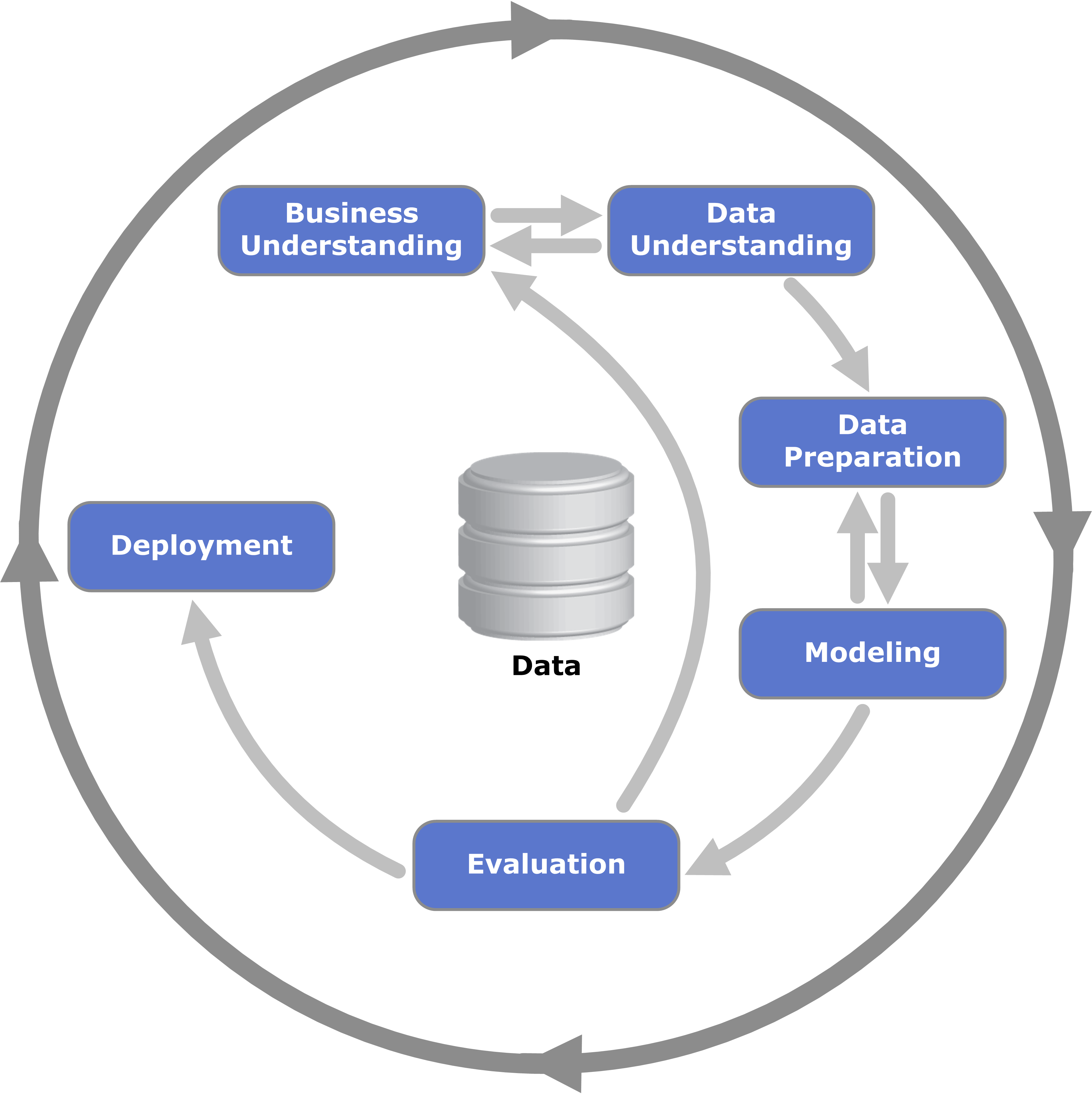So Anaconda got tired of being free and decided to start charging enterprise customers. If you're at a company with 200+ employees and you've been happily using conda without a license since 2020, surprise! You might owe them money.
The AI Platform launched in May 2025 is their premium offering - basically conda with enterprise features bolted on and a support team that actually responds to tickets.
The Real Problem This Solves
Anyone who's spent 3 hours debugging `UnsatisfiableError` from conda knows package management is a nightmare. Here's what actually happens in large organizations:
- Data scientists install random packages from conda-forge and break everything
- IT has no visibility into what Python packages people are running
- Security audits turn into week-long scavenger hunts
- Someone installs TensorFlow and suddenly half the team's environments won't update
The platform tries to fix this by giving you vetted packages, governance controls, and the ability to see who installed what when things inevitably break.
What You Actually Get
Curated Package Repository: They claim 12,000+ vetted packages, but really it's just their usual repo with extra security scanning. The dependency solver is still conda underneath, so expect the same conflicts, just with more paperwork.
Enterprise Controls: SSO integration and RBAC that actually work. This is probably worth the money if your IT team currently manages Python environments with duct tape and prayer.
Usage Analytics: Dashboard showing who's using what. Useful for identifying which data scientist installed that experimental package that brought down the jupyter server.
The ROI Numbers (Take With Salt)
They claim you'll save hundreds of thousands because your team won't spend every Friday debugging conda conflicts. The Forrester study showing 119% ROI includes $840K in "operational efficiency" and $179K in "technology cost savings."
We had one guy who spent three days trying to get PyTorch to work with our existing scipy setup. Three. Days. At $120/hour, that's more expensive than two years of Anaconda licenses for the whole team. But those ROI numbers? Pure marketing bullshit until you actually measure it yourself.


